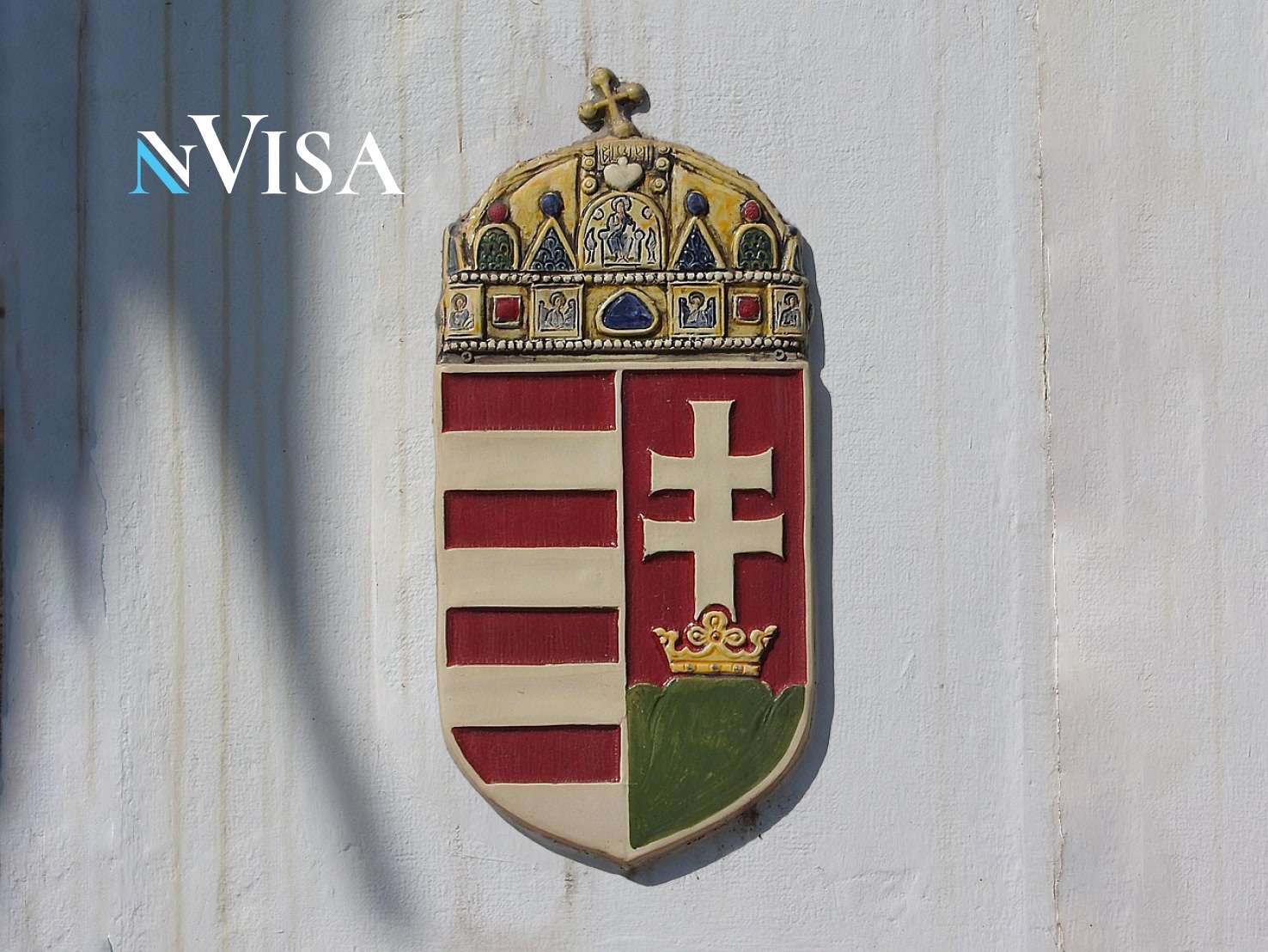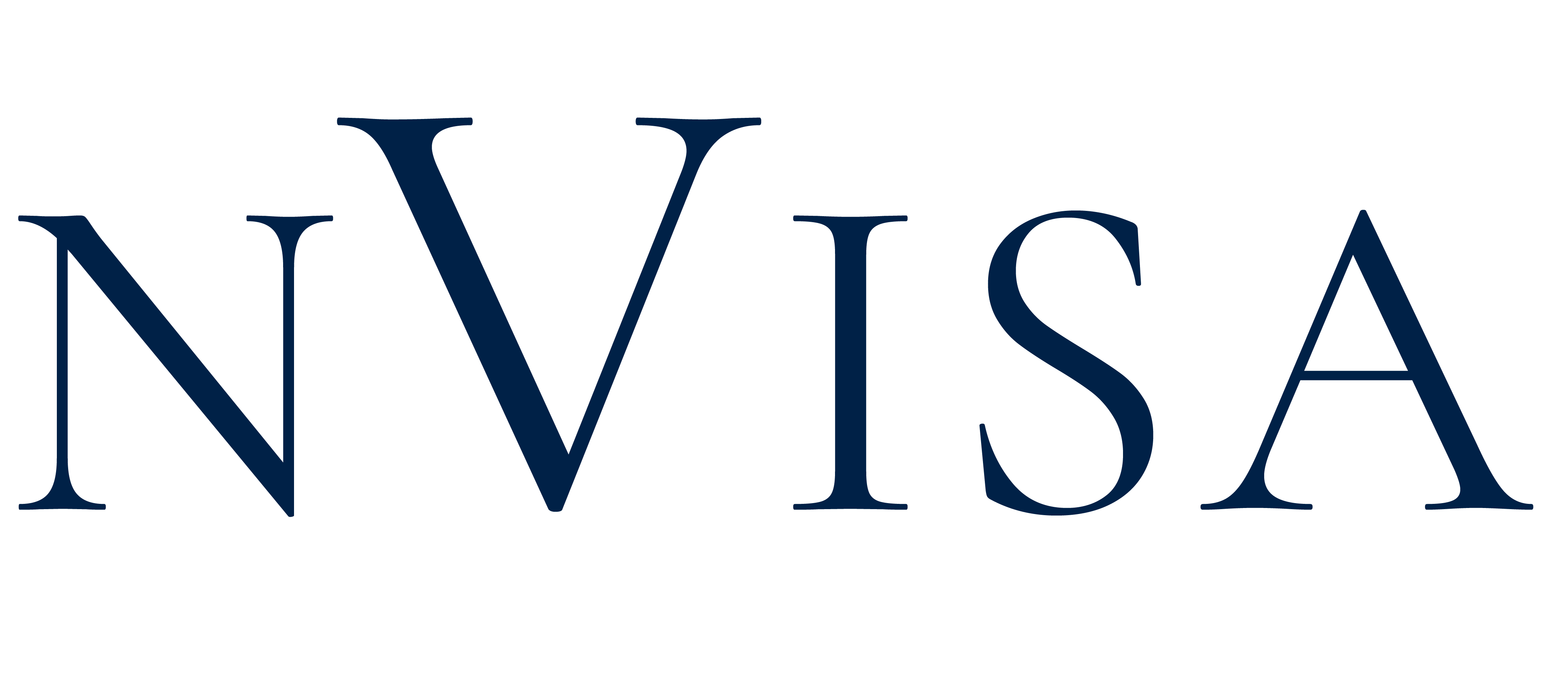Kulturális ismereti vizsga: A magyar címer jelképei // Cultural Knowledge Exam: The Symbols of the Hungarian Coat of Arms of Hungary

A magyar kultúra ismeretéhez szükséges egyik legalapvetőbb feltétel, hogy a vizsgázó ismerje Magyarország címerét. Ugyanakkor a címer számos olyan rejtett jelképet tartalmaz, amelyet mélyebben szükséges megvizsgálni. // One of the most fundamental requirements for understanding Hungarian culture is that the examinee knows the coat of arms of Hungary. However, the coat of arms also contains many hidden symbols that require deeper examination.
(For English language, please scroll down!)
Magyarország címere egy történelmi és heraldikai szimbólum, amely a magyar államiság és a történelmi hagyományok jelképe. A jelenlegi hivatalos, ún. közép- vagy kiscímer 1990 óta van használatban, és az Alaptörvény Magyarország egyik legfontosabb fundamentumaként írja le. Három fő részre osztható, és az alábbi jelképeket tartalmazza:
1. Bal oldali mező: Négy ezüst (fehér) és négy vörös sáv váltja egymást.
Ez az Árpád-ház ősi címere, és a magyar nép, illetve az államalapítás emlékét őrzi (részletesebben az Árpád-házról: lsd. másik cikk);
Eredetileg a Duna, Tisza, Dráva és Száva folyókat is szimbolizálják az ezüst sávok.
2. Jobb oldali mező: Vörös alapon kettős kereszt és hármas halom.
Kettős kereszt: Arany színű, keresztény királyság szimbóluma.
Hármas halom (zöld színű): A Tátra, Fátra, Mátra hegyvonulatokat szimbolizálja – ezek a magyar történelmi földrajz részét képezték.
A kettős kereszt zöld hármashalomból nő ki, amit „árpádházi domborulatnak” is neveznek.
3. A korona (Szent Korona)
A címer tetején a Szent Korona látható, az államiság és a magyar királyság szakrális hatalmának jelképe (részletesebben a Szent Koronáról: lsd. másik cikk).
Ez a korona azonos azzal, amelyet a magyar királyok megkoronázásához használtak – jelenleg az Országházban van kiállítva (részletesebben a koronázási jelvényekről: lsd. másik cikk).
Összefoglalva, a Magyarország címerén található jelképek:
Árpád-sávok (ősi uralkodóház, népi egység),
Kettős kereszt (kereszténység, királyi hatalom),
Hármas halom (történelmi földrajz, természet),
Szent Korona (állami és szakrális legitimitás).
Amennyiben további cikkeket szeretnél olvasni a magyar kultúrával kapcsolatban, kövess minket a Facebookon, LinkedIn-en, vagy nézd meg hivatalos honlapunkat!
Ha szeretnél jelentkezni az nVisa magyar kulturális ismereti tanfolyamára, látogass el a kurzusunk oldalára.
Szerzők: Vig Csaba László és Bogdány Kenéz
***
Hungary's coat of arms is a historical and heraldic symbol representing Hungarian statehood and historical traditions. The current official version, known as the medium or small coat of arms, has been in use since 1990 and is described in the Fundamental Law as one of Hungary's most important foundations. It can be divided into three main parts and contains the following symbols:
1. Left field: Alternating four silver (white) and four red stripes.
This is the ancient coat of arms of the House of Árpád and preserves the memory of the Hungarian people and the founding of the state (for more details about the House of Árpád, see another article).
Originally, the silver stripes also symbolized the Danube, Tisza, Drava, and Sava rivers.
2. Right field: A double cross and triple mound on a red background.
Double cross: Gold-colored, symbol of the Christian kingdom.
Triple mound (green): Symbolizes the mountain ranges of the Tatras, Fátra, and Mátra – these were part of Hungarian historical geography. The double cross grows out of the green triple mound, which is also referred to as the "Árpádian elevation."
3. The Crown (Holy Crown)
At the top of the coat of arms sits the Holy Crown, symbolizing statehood and the sacred power of the Hungarian monarchy (for more information on the Holy Crown, see another article).
This crown is the same one used for the coronation of Hungarian kings – it is currently on display in the Hungarian Parliament building (for more information on the coronation regalia, see another article).
In summary, the symbols found in Hungary’s coat of arms are:
Árpád stripes (ancient ruling dynasty, national unity),
Double cross (Christianity, royal authority),
Triple mound (historical geography, nature),
Holy Crown (state and sacred legitimacy).
If you would like to read more articles related to Hungarian culture, follow us on Facebook, LinkedIn, or visit our official website!
If you would like to apply for the nVisa Hungarian Cultural Knowledge Course, kindly wisit our course web page.
Authors: Csaba László Vig and Kenéz Bogdány
Jun 24 2025



